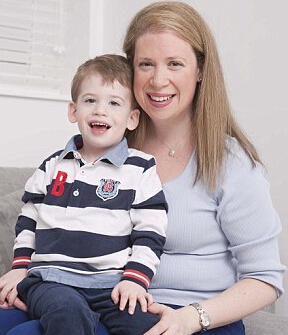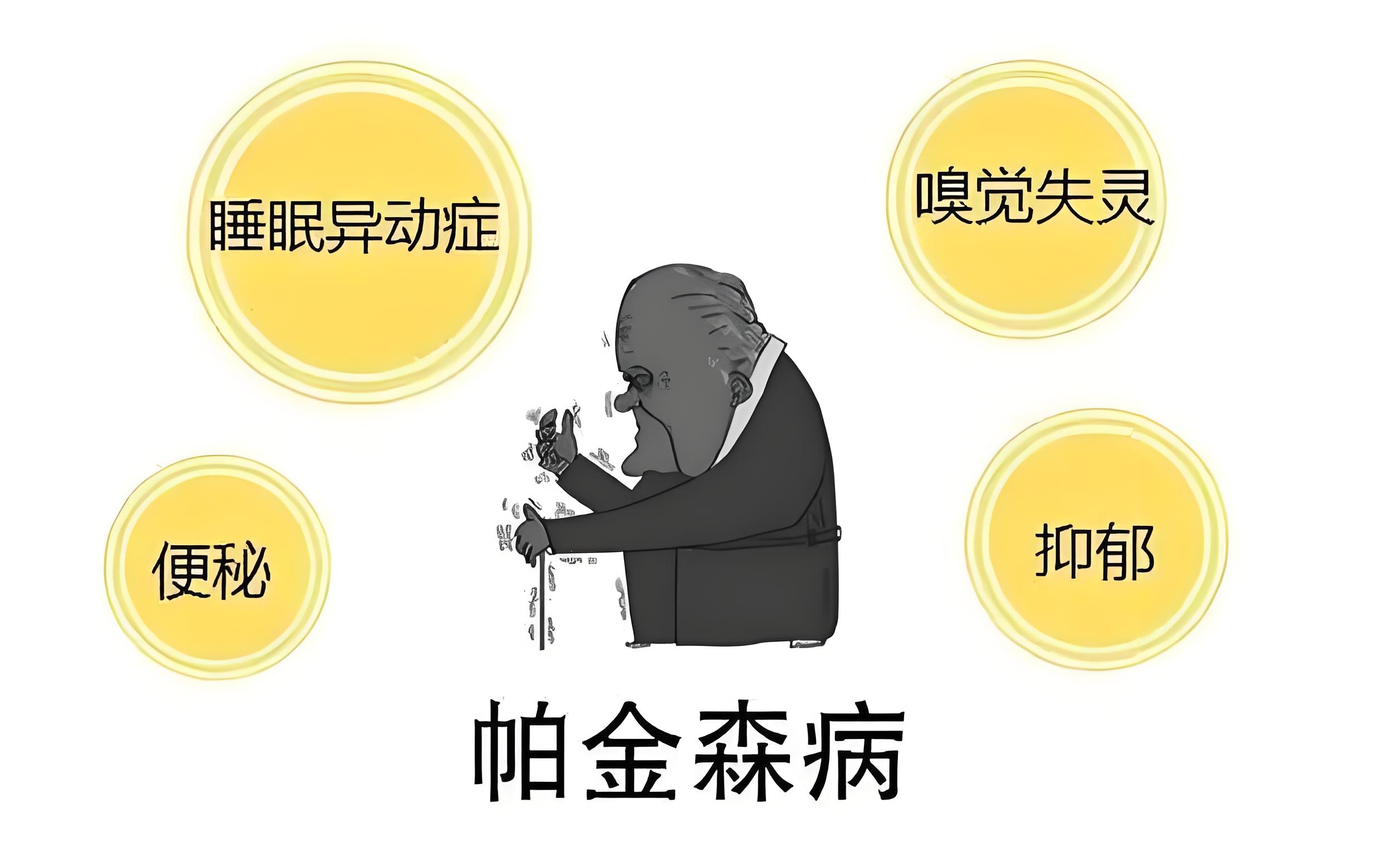在北伦敦西部的家庭生活中,乔安妮特郎普的两岁的儿子患有一些疾病。通过新技术能从扁桃体手术切口但是会有一定的并发症的风险。

患者的母亲
当伊森是一,我们是一家人到西班牙度假,睡在比正常的更接近,我意识到了自己的短暂的呼吸停止,他睡觉时。他会做两响亮的呼噜的声音好像几秒钟屏住呼吸。它给了我一个真正的恐惧。
回到家里,我越来越意识到它,它每晚都发生。这是可怕的,但不陌生,他的妹妹伊莎贝拉,现在六,有一个类似的问题,两年前。她的儿科医生告诉我她有阻塞性睡眠呼吸暂停,在睡眠时喉咙变窄,造成呼吸问题。这是由于大的扁桃体挡住了她的气道,所以她让他们删除三岁时。
我怀疑Ethan有同样的问题,他也很难一口食物了。好像有一个障碍。他会经常喉咙痛,会吞下很多,如吞咽不适。该专家曾警告我,阻塞性睡眠呼吸暂停会导致孩子越来越少,睡眠质量差。我注意到Ethan哭了超过正常。我们还被警告说,这可能会导致发育问题,如学习困难。所以,几个星期后,我带他去见米歇尔怀亚特,谁会对伊莎贝拉两年前的外科医生,使用我们的私人医疗保险。她说,听起来好像Ethan也有阻塞性睡眠呼吸暂停。对他,她说他有非常大的扁桃体和推荐手术取出。然而,她说她不会做一个传统的扁桃体切除术,在那里他们将整个扁桃体(伊莎贝拉),这是一个大手术并不普遍,对三岁以下的孩子。
她说有一个更少风险的新技术。而不是切掉扁桃体的整体,他们将“debulked ',或小。伊森曾在九月开始。他在一个小时内,伊莎贝拉一直,但反弹更快。伊莎贝拉一直在痛苦的两周,三天或四天的杀手被彻底淘汰。她昏昏欲睡,抱怨刺在她的喉咙,她吃了几天。伊森,另一方面,是饮食如故在两到三个小时的手术。他甚至没有一个喉咙痛。我建议把他从幼儿园的一个星期,但他已经准备好回家之前。现在他很好。他不再打鼾或呼吸停止,和吞咽问题和喉咙痛了。
外科医生
米歇尔怀亚特是一名儿科顾问的耳朵,鼻子和喉咙的外科医生在大奥蒙德街医院和波特兰医院,伦敦。每年,大约40000的手术切除扁桃体,两块组织,坐在后面的嘴,一边一个。
有除去他们的原因主要有两个。第一个是扁桃体炎反复发作,这是造成孩子需要上学或多个疗程的抗生素很多。另一个原因是如果扁桃体太大(自然或由于感染),它们妨碍夜间呼吸称为阻塞性睡眠呼吸暂停。这就是Ethan有。在睡眠期间,在舌头和喉咙的肌肉自然损耗,这意味着扁桃体凹陷在气道。这可以停止呼吸的人是暂时的,造成他们的氧气水平下降和大脑叫醒他们,又开始呼吸。
我们经营因为儿童阻塞性睡眠呼吸暂停已链接到如把过剩的压力对心脏和肺的问题相关的医学问题。而越来越多的研究表明,也许这种情况也与发展问题。成人睡眠呼吸暂停,太,但它是更重要的一个孩子因为他们的大脑发育是从氧气简要原因下降风险。
扁桃体是由淋巴组织,使蛋白质,称为免疫球蛋白,抗感染。幸运的是,还有其他周围的组织体,也使这些蛋白质,所以你的扁桃腺不一般的健康产生不利影响。直到最近,去除扁桃体的唯一的选择是一个传统的扁桃体切除术。扁桃体组织内含有纤维状白色胶囊。与扁桃体,我们砍掉这胶囊从肌肉床在后面的喉咙用小镊子。然后我们把血管缝合或烧灼他们(密封采用热)。
除去这种方式意味着你留下的裸露的肌肉和神经,这是很痛苦的,可能需要几周的时间去上学。
也有出血风险,可发生了手术后的十天。这可以是一个非常年轻的孩子是特别重要的,有一个小体积的血液开始。在罕见的情况下,它可以是致命的。五每100患者会出现迟发性出血,100人中有一人将需要进一步的手术治疗来阻止它。这是一个相当冒险的行动,有可能是胃出血,进入肺部并导致呼吸和麻醉问题可。随着新的技术,而不是完全摘除扁桃体,外科医生在的地方离他们的一小部分。这就意味着没有痛苦的暴露肌肉,没有较大的血管被切断,大出血的风险几乎为零。
进行手术的成人,但直到最近才被用作治疗儿童。它是在全身麻醉下进行。作为一个标准的扁桃体,我们接近扁桃体通过嘴;然后我们蚕食他们减少他们的大小。
我用一根魔杖似的工具称为射频,具有通过端电流通过。这个操作,阻碍呼吸的扁桃体肥大是完美的。有一些争论关于它是如何的好,对于那些需要他们的扁桃体由于感染反复删除。
一些人认为,留下少量的扁桃体,有残余扁桃体炎的机会。然而,现在我们将尽98元的扁桃体分
,所以它不可能感染复发。此外,感染往往发生在小坑在扁桃体隐窝称,但这些被删除。
程序如何进行出血风险,但不太明显的比其他技术。也有感染的风险和机会很小的扁桃体组织再生。
原文
ME AND MY OPERATION: The technique to trim your child's tonsils to help them sleep
A new technique can cut the risk of complications from tonsil surgery. Joanne Trup’s two-year-old son, Ethan, had the operation last September, as she tells LUCY ELKINS. The family lives in North-West London.
THE PATIENT’S MOTHER
When Ethan was one, we were on a family holiday to Spain and sleeping in closer proximity than normal and I became aware that he was briefly stopping breathing when he slept.He would do two loud snores then sound as if he was holding his breath for a few seconds. It gave me a real fright.Back home, I became more and more aware of it — it was happening every night. It was scary, but not unfamiliar as his sister Isabella, now six, had a similar problem two years earlier.Her paediatrician told me she had obstructive sleep apnoea, where the throat narrows during sleep, causing breathing problems. This was due to big tonsils blocking her airway, so she had them removed when she was three.I suspected Ethan had the same problem as he was also having difficulty getting a whole mouthful of food down. It was as if there was an obstruction. He would have frequent sore throats and would gulp a lot, as if swallowing was uncomfortable.The paediatrician had warned me that obstructive sleep apnoea can lead to children getting less and poorer quality sleep. I’d noticed Ethan was crying more than normal. We’d also been warned this could lead to developmental issues, such as learning difficulties.So after a few weeks I took him to see Michelle Wyatt, the surgeon who’d treated Isabella two years earlier, using our private medical insurance. She said that it sounded as if Ethan also had obstructive sleep apnoea.After examining him, she said that he had very large tonsils and recommended surgery to remove them. However, she said she wouldn’t do a traditional tonsillectomy, where they cut away the whole tonsil (which Isabella had), as this is a major operation and is not commonly performed on children under three.She said there was a new technique with far fewer risks. Rather than cutting away the tonsils in entirety, they would be ‘debulked’, or made smaller.
Ethan had the operation in September. He was out within an hour, as Isabella had been, but bounced back much more quickly.Isabella had been on pain- killers for two weeks and for three or four days was utterly knocked out. She was lethargic, complained of stinging in her throat and was off her food for a few days.Ethan, on the other hand, was eating and drinking as normal within two to three hours of having surgery. He didn’t even have a sore throat. I was advised to keep him off nursery for a week, but he was ready to go back before then.Now he’s fine. He no longer snores or stops breathing, and the swallowing issues and sore throats have gone.
THE SURGEON
Michelle Wyatt is a consultant paediatric ear, nose and throat surgeon at Great Ormond Street Hospital and The Portland Hospital, London.Every year, around 40,000 operations are performed to remove tonsils — two lumps of tissue that sit at the back of the mouth, one on each side.There are two main reasons for removing them. The first is recurrent tonsillitis, which is causing a child to need lots of time off school or multiple courses of antibiotics.The other reason is if the tonsils are so big (naturally or as a result of infection) that they are obstructing breathing at night — known as obstructive sleep apnoea. This is what Ethan had.During sleep, there is a natural loss of muscle tone in the tongue and throat, which means that the tonsils sag across the airway.This can stop the person breathing temporarily, causing their oxygen levels to drop and their brain to wake them up in order to start breathing again.
We operate because obstructive sleep apnoea in children has been linked to medical problems such as putting excess strain on the heart and related lung problems.
And research increasingly suggests that this condition maybe also be linked to developmental problems. Adults get sleep apnoea, too, but it’s more significant for a child because their developing brain is at risk from the drop in oxygen it briefly causes.Tonsils are made of lymphoid tissue, which makes proteins, called immunoglobin, that fight infections. Fortunately, there are other tissues around the body that also make these proteins, so having your tonsils out does not detrimentally affect general health.Until recently, the only option for removing tonsils was a traditional tonsillectomy.The tonsil tissue is contained inside a fibrous white capsule. With a tonsillectomy, we cut away this capsule from the muscle bed at the back of the throat using small forceps. We then tie off the blood vessels with stitches or cauterise them (seal them by applying heat).Removing them this way means you are left with exposed muscle and nerves, which can be very painful and may require a couple of weeks off school.
There is also a risk of bleeding, which can occur up to ten days after the operation. This can be especially significant for a very young child, who has a smaller volume of blood to begin with. In rare cases, it can be life-threatening.Five in every 100 patients will experience delayed bleeding, and one in 100 will need further surgery to stop it. This is quite a risky operation — there could be bleeding in the stomach, which could enter the lungs and cause problems with the breathing and anaesthetic.
With the newer technique, rather than remove the tonsils completely, the surgeon leaves a tiny portion of them in place.This means there is no painful exposed muscle and, as no larger blood vessels are cut, the risk of heavy bleeding is practically zero.
The operation is performed on adults, but has only recently been taken up for treating children.It is carried out under general anaesthetic. As with a standard tonsillectomy, we approach the tonsils through the mouth; then we nibble away at them to reduce their size.I use a wand-like instrument called a coblator, which has an electric current passing through the end.When you apply the wand to the tissues, it melts them away. It’s not burning, because it’s done at a low temperature (40-65c). There is no need for stitches.This operation is perfect for large tonsils that are an obstruction to breathing. There was some debate about how good it is for those who need their tonsils removed as a result of repeated infections.Some argue that by leaving a tiny amount of the tonsil, there’s the chance of residual tonsillitis. However, nowadays we remove as much as 98 per cent of the tonsils, so it’s unlikely infection will recur.Furthermore, the infections tend to occur in tiny pits on the tonsils called crypts, but these are removed.The procedure does carry a risk of bleeding, but it’s much less significant than with the other techniques. There’s also a risk of infection and a very small chance of regrowth of the tonsil tissue.
A U.S. study published in Laryngoscope confirmed that it reduces post-operative hospital admissions for emergency treatment. I’m impressed with the results and recovery rate.



